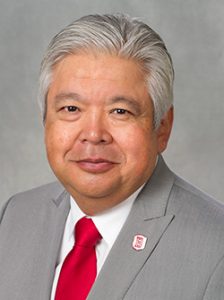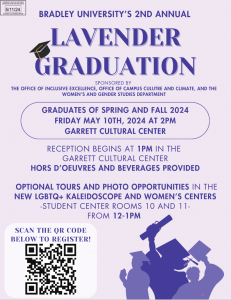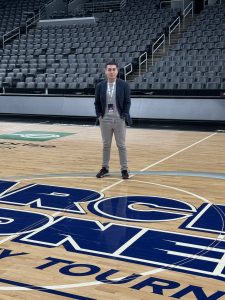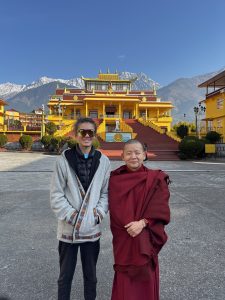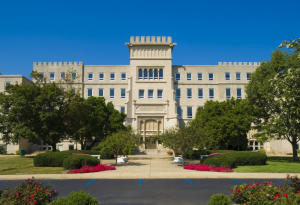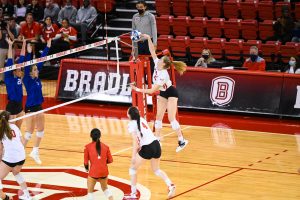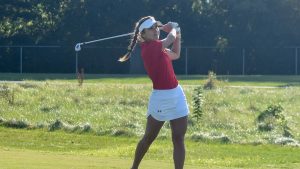The trees scattered throughout Bradley’s campus, some old enough to have seen the birth of the university, are just as rooted in Bradley’s history as Lydia Moss Bradley herself.
One tree in particular has loomed over Bradley Hall and Westlake Hall for nearly a century. That tree, a white oak, was in the way of the expanded Westlake Hall construction. But when the time came to remove the tree, the blueprints were instead tweaked to include curved walls that would surround the tree.
“As the design for Westlake was being developed, we knew we had to run a new steam line,” Vice President for Business Affairs Gary Anna said. “When that was determined, the question was whether we’d have to cut through the roots of the white oak.”
As it turns out, Anna said, the tree was salvageable.
“Facilities was able to determine that we could move the sidewalk and save the tree,” he said. “At that time, the design for Westlake was still being developed, so we figured if we worked around it, we could save the tree.”
The tree has been given extra attention since construction began, including additional feeding, watering and a protective fence surrounding it.
“The notion was it should be fine,” Anna said. “Trees, like a lot of things, can die for many reasons. We could always plant a new tree, but it’s nice to keep something original on campus. The extra cost to save it wasn’t back-breaking.”
Anna said the university is sensitive to the trees on campus because Lydia was particularly fond of them.
“Mrs. Bradley, at her home, had a gingko tree and a buckeye tree in her backyard,” he said. “She was obviously perceptive along those lines, and we want to respect that.”
Though the white oak tree will be saved, keeping it healthy will be a continuous responsibility.
“We hired a tree company before we started. We had them come in and reduce the size and feed it,” said Facilities Management Director Ron Doerzaph. “We fenced it in while they were working around it to keep the tree safe. We’re doing whatever we can to keep it healthy, but you never know with trees.”
The extra work is worth it, Doerzaph said.
“We hate to remove big trees unless it’s absolutely necessary,” he said. “Because it’s been there for so long, we’ve done everything to give it a fighting chance.” Unfortunately, some trees have to be removed to make way for new buildings, but Anna said the university still tries to honor the fallen.
“There was a European copper beech where part of the Markin [Center] swimming pool is now. That’s one of the larger species in the state, a beautiful tree, but we were unable to adjust the building design to save it. It had to be removed.”
But the whole tree was not wasted.
“We saved the trunk and it’s been stored out at Shea [Stadium],” Anna said. “The street behind Markin will have two cul-de-sacs. We are going to plant a new European copper beech [in one of them, and] we [also] want to take the trunk and sculpt it into a bench so students can still enjoy what we saved of it.”
